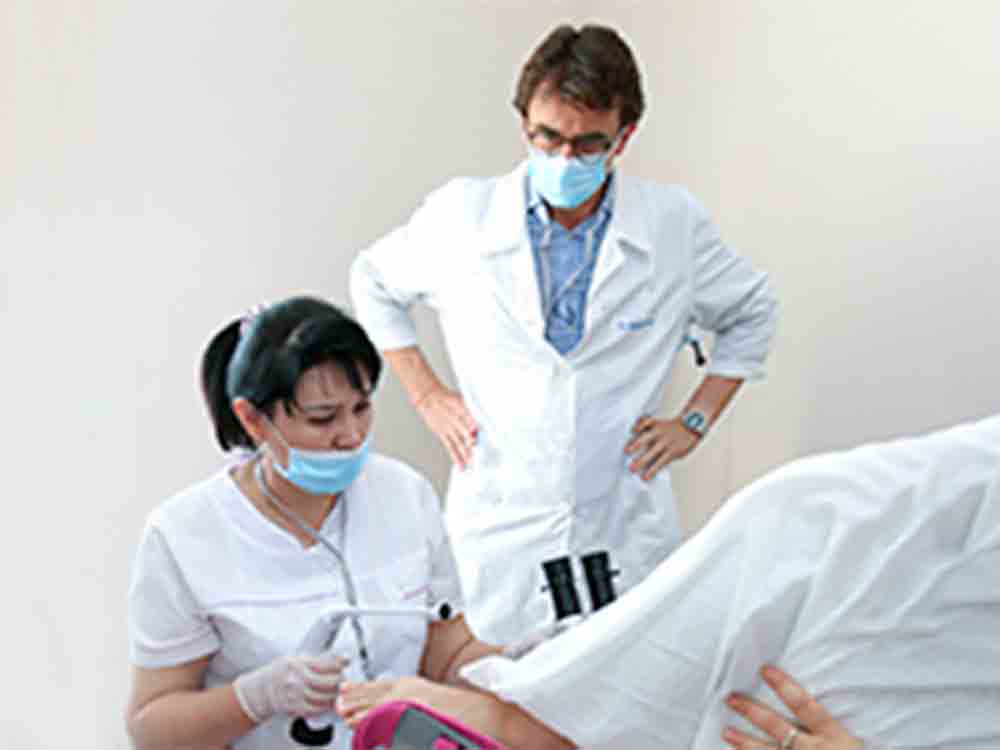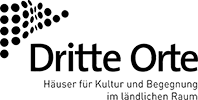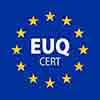WHO, when is screening for cancer the right course of action?
A new guide from WHO Europe, launched on 2 February ahead of World Cancer Day 2022, will help policy-makers to increase the benefits of existing cancer screening programmes in their country and decide on whether to go ahead with new programmes.
This guide addresses some common misperceptions, such as the perception that, if we have the technology to screen for cancer, then we should. Furthermore, the guide is an easy-to-read summary of the key concepts, issues and ethics around screening for cancer.
A key message is that knowing when not to screen for cancer is as important as knowing when it is the right course of action. “Screening is a heavy and complex activity that can very well result in more harms than benefits, as WHO experts observe too often when evaluating programmes in countries,” says Marilys Corbex, Senior Technical Officer at WHO/Europe. “It is important that policy-makers understand the pros and cons of screening for different cancers as well as the risks and trade-offs of investing significant resources in screening programmes. Policy-makers, health professionals and the public often seem unaware of the potential harm of screening, its cost and burden on the health system, and the need for having strong systems in place.”
Screening and ethics
There are established principles for deciding if screening for any type of cancer is an appropriate course of action. The principles are designed to prevent harm to, and exploitation of, service users and to avoid a poor use of resources.
“This guide emphasizes that cancer screening is not simply a test but part of a screening pathway, and before launching a screening programme, policy-makers must ensure that all the steps in the pathway can be provided rapidly and for free,” explains Marilys Corbex. “If all of the steps cannot be provided, such as in countries where cancers are commonly diagnosed at a late stage, it is better to focus resources on creating a robust early diagnosis programme rather than setting up a screening programme.”
Another key principle highlighted in the guide is that there should be adequate facilities for the diagnosis and treatment of cancer cases identified through screening. This might seem obvious, however, where screening is provided outside of an organized programme – for example, by for-profit commercial providers – there is a real danger that individuals could receive a positive screening result without being able to access appropriate diagnostic and treatment facilities, or they may have to pay out-of-pocket for some elements of the diagnosis and treatment. The guidance is clear that it is unethical to promote screening if the individuals being screened do not have access to effective treatment.
Considering the evidence for different cancer screening
In addition to being aware of the principles for cancer screening, decision-makers also need to be aware of the evidence around cancer screening for different types of cancer. Although it may seem counter-intuitive, cancer screening is not always an appropriate strategy for tackling some cancers. The new guide classifies different types of cancers into 3 categories including …
- those for which there is strong evidence for having high-quality, organized screening programmes
- those for which there is ongoing research in screening to establish if screening programmes for specific cancer types are effective
- the types of cancer for which screening is not under consideration because the benefits of screening are not expected to outweigh the harms
Currently, WHO recommends screening programmes for only 3 types of cancer—breast, cervical and colorectal. This means that there is sufficient proven effectiveness—for example, in preventing death from cancer being screened—and cost-effectiveness to justify establishing organized population-based screening programmes for these 3 cancers, but not for any other type of cancer.
At a population level, it is important for policy-makers to be aware that there is consistent evidence that general adult health checks outside of routine case finding through primary care is unlikely to be beneficial and may lead to unnecessary tests and treatments. Over-diagnosis and over-treatment can cause health harm through unnecessary surgery and radiotherapy with associated risks, and they drain public health resources.
When doing more doesn’t always mean doing better
Screening for breast, cervical and colorectal cancer, where implemented fully and appropriately as part of a cancer care pathway including timely diagnosis and treatment, has been a game-changer in terms of reducing morbidity and mortality from those diseases.
This new guide is designed to help ensure the future safety and success of cancer screening. “Starting a screening programme is complex and demands many resources,” says Dr Nino Berdzuli, Director, Country Health Programmes Division, WHO/Europe. “Policy-makers need to ensure that the implementation of new screening programmes is evidence-based and follows the principles for cancer screening, and that the benefits outweigh the harms. This guide should make that decision-making process much easier and underscore that doing more does not necessarily mean doing better.”
The key messages in this guide can be summarized as follows …
- For cancer screening to be effective, it must be delivered as a pathway. Before starting or scaling up a screening pathway, policy-makers must ensure that all steps of the screening pathway can be provided. This includes access to timely diagnosis and quality treatment and follow-up
- An early diagnosis programme should be considered before starting a cancer screening programme
- There are no perfect screening tests; there will always be false positives and false negatives
- Working through all the potential consequences is an important step in developing a reasonable estimate of the true effect of a screening programme
- Using an agreed set of criteria, such as the Wilson & Jungner principles, can guide policy-makers in deciding on whether to introduce a new screening programme in their country
- Implementation of an effective cancer screening programme is a complex task requiring strong leadership and coordination
- For a screening programme to be successful, it must be of high quality and have good population participation
- Cancer screening programmes must be organized if they are to be cost-effective in reducing mortality from cancer
- Countries should focus on delivering WHO’s so-called best buys for screening programmes, prioritizing cervical cancer, followed by breast and colorectal cancers, with high-quality and good coverage, before considering starting new screening programmes for other cancers













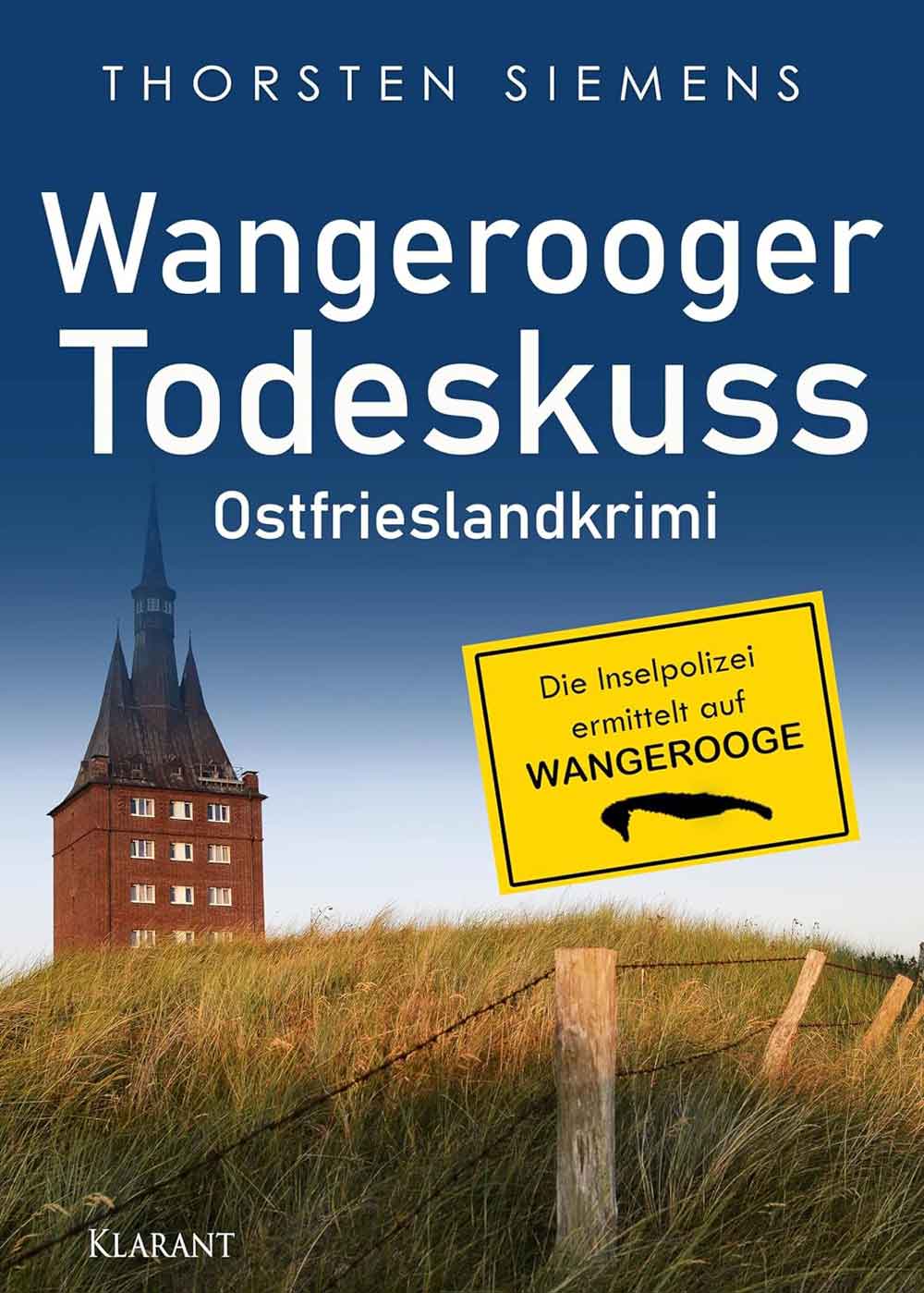







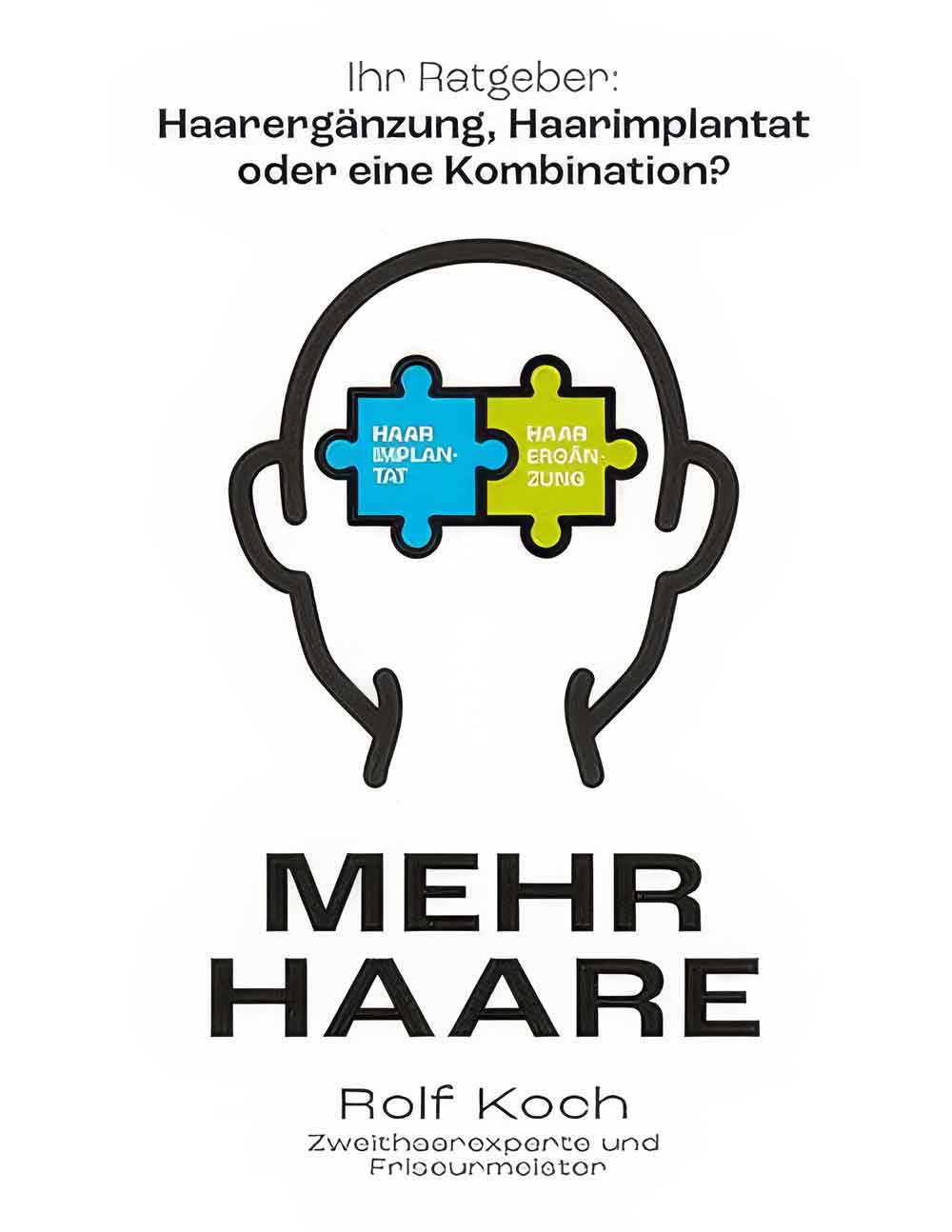

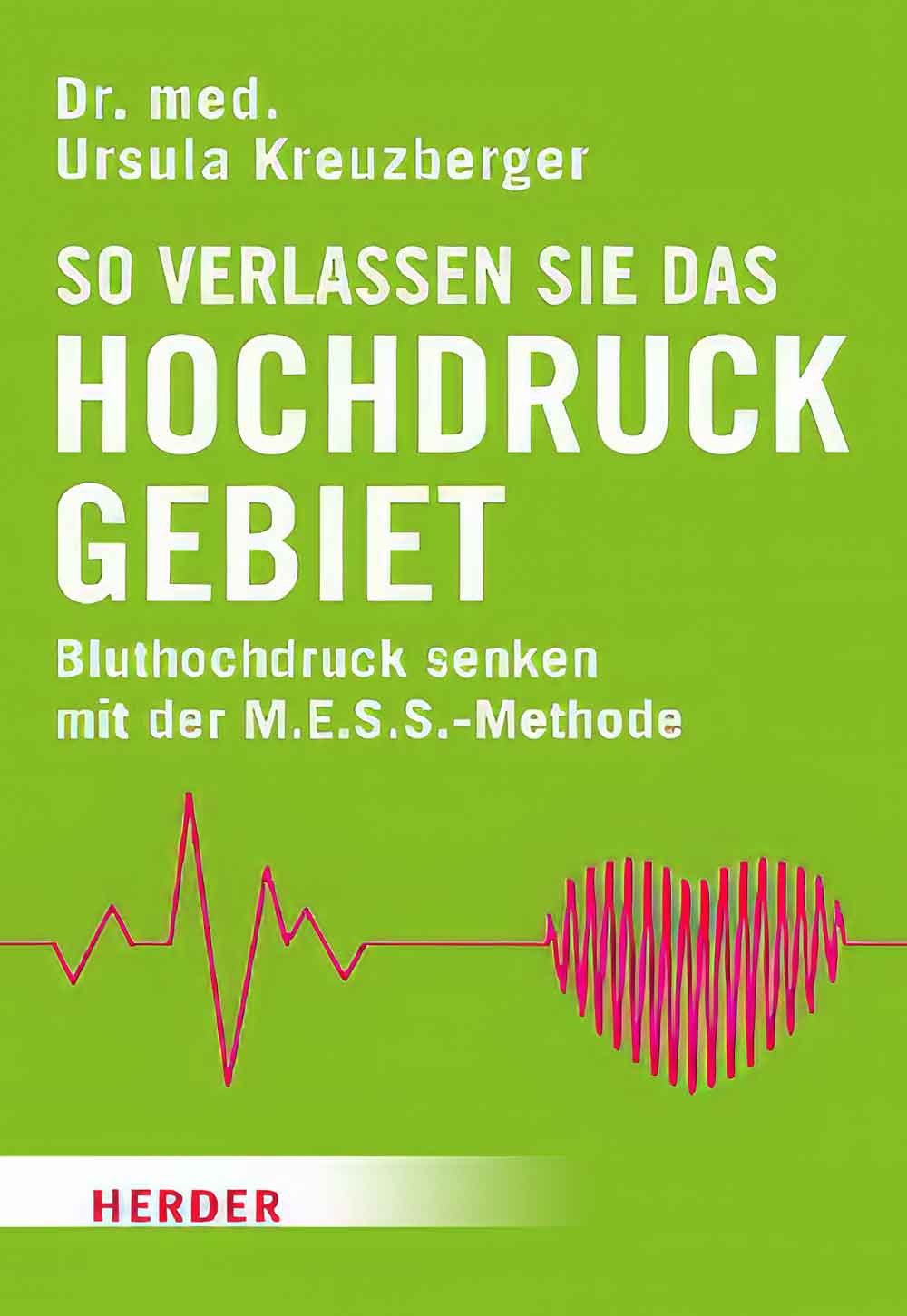















 Gütsel RSS Feed
Gütsel RSS Feed






